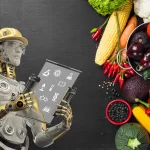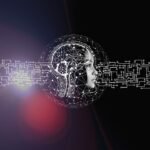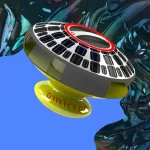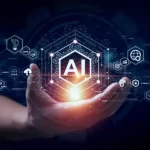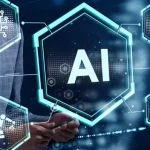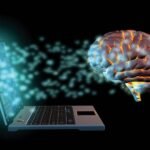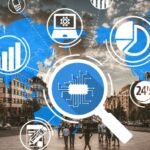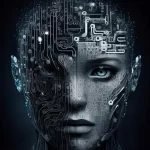AI in Art Authentication: AI techniques for art forgery detection and provenance verification.
The world of art has always been plagued by the specter of forgery, as unscrupulous individuals seek to profit from mimicking the works of renowned artists. However, the rise of artificial intelligence (AI) has introduced a game-changing solution to this age-old problem. AI techniques are rapidly transforming the art authentication landscape, enabling experts to detect forgeries and verify provenance with unprecedented accuracy. In this article, we will delve into the innovative AI-driven methods that are reshaping the way we protect and preserve the authenticity of artworks.
I. The Challenge of Art Forgery
Art forgery has been a persistent challenge for the art world, with clever counterfeiters often eluding traditional authentication methods. Techniques such as mimicking brushstrokes, replicating aging effects, and using period-appropriate materials have made it increasingly difficult to differentiate between authentic and forged pieces. Conventional methods like expert connoisseurship and chemical analysis, while valuable, are time-consuming and not foolproof.
II. The Emergence of AI in Art Authentication
- Neural Networks and Image Analysis AI-powered neural networks have shown remarkable success in analyzing visual content, making them powerful tools for identifying forged artworks. Convolutional Neural Networks (CNNs) excel at recognizing patterns and textures, enabling them to spot inconsistencies and anomalies in brushwork, canvas texture, and color distribution.
- Style Analysis AI can dissect an artist’s unique style by analyzing thousands of brushstrokes, compositions, and color palettes from authentic works. By learning an artist’s distinctive traits, AI algorithms can identify discrepancies and deviations in style that might indicate forgery.
- Provenance Verification Blockchain technology, often associated with cryptocurrencies, is being adapted to authenticate art provenance. By recording every transaction and ownership change in an unalterable digital ledger, blockchain ensures transparency and traceability, thus minimizing the risk of fake provenance claims.
III. AI Techniques in Action
- Deep Learning for Authenticity Assessment Deep learning algorithms, a subset of AI, are trained on vast datasets of authentic and forged artworks. They learn to differentiate minute details that escape human observation, such as brushstroke angles and pressure variations. Over time, these AI models become increasingly accurate at flagging potential forgeries.
- Multispectral Imaging AI-enhanced multispectral imaging captures a wide range of light frequencies, unveiling hidden layers beneath the artwork’s surface. This aids in the detection of alterations, revealing previously undetected changes or repairs that might indicate forgery.
- Conservation and Restoration AI assists in the delicate process of art conservation and restoration. By analyzing high-resolution scans of deteriorating artworks, AI algorithms can recommend precise interventions and material suggestions, ensuring the preservation of an artwork’s original state.
IV. Ethical Considerations and Future Prospects
While AI offers groundbreaking potential for art authentication, it also raises ethical questions. The fusion of human expertise and AI tools requires careful consideration to ensure that the value of human connoisseurship is not diminished. Striking the right balance between technological advancement and preserving the art world’s traditional wisdom is a challenge that must be met.
The future of AI in art authentication holds immense promise. As AI algorithms continue to evolve and improve, the accuracy of forgery detection and provenance verification is likely to skyrocket. Moreover, the integration of AI with blockchain technology could create an unbreakable chain of custody, further safeguarding the authenticity of artworks for generations to come.










